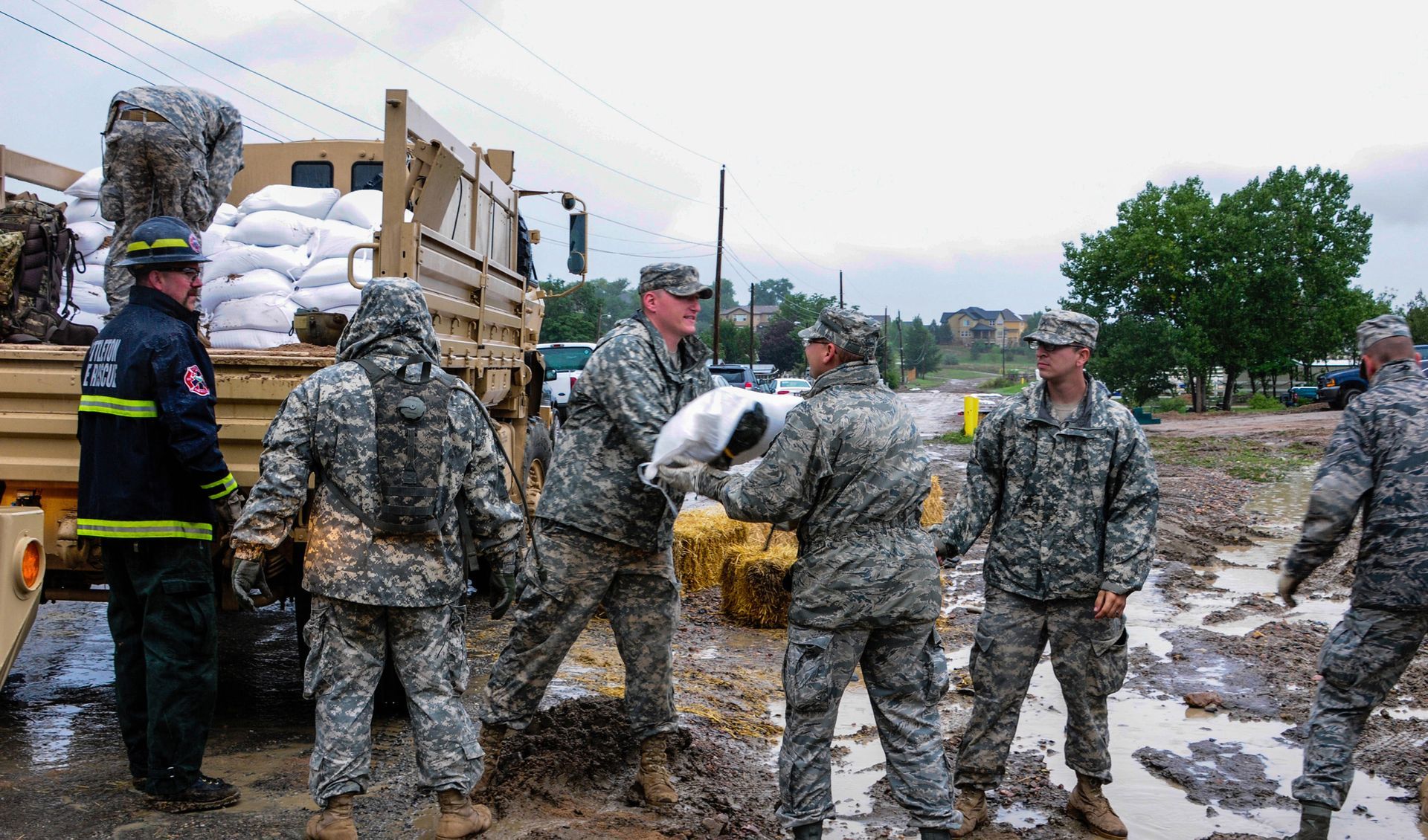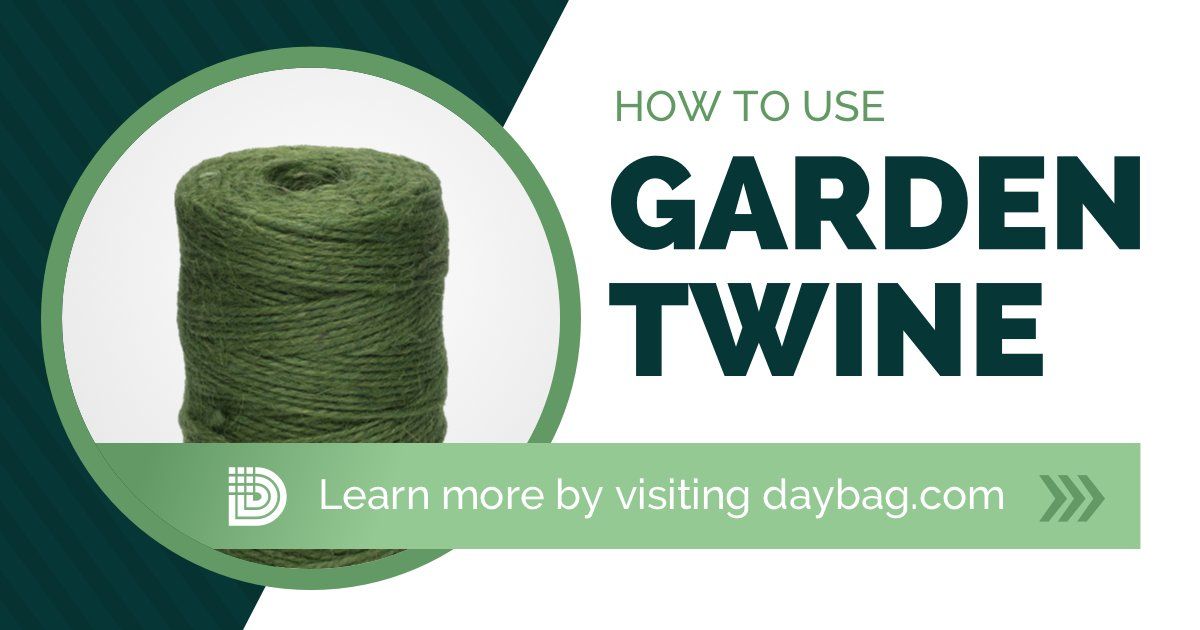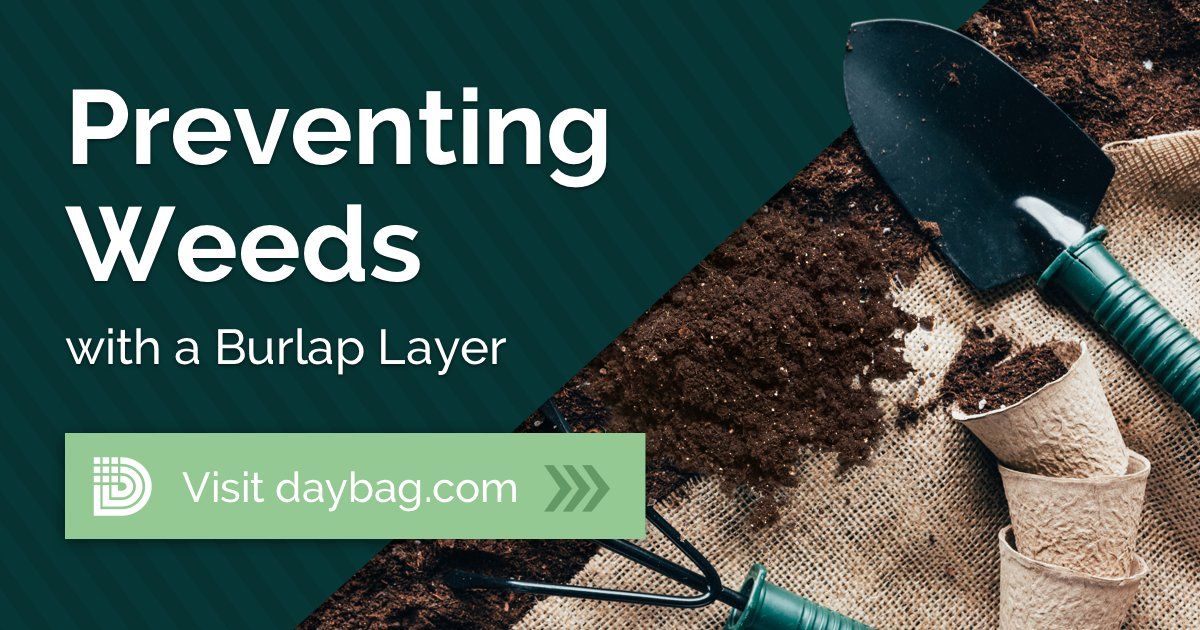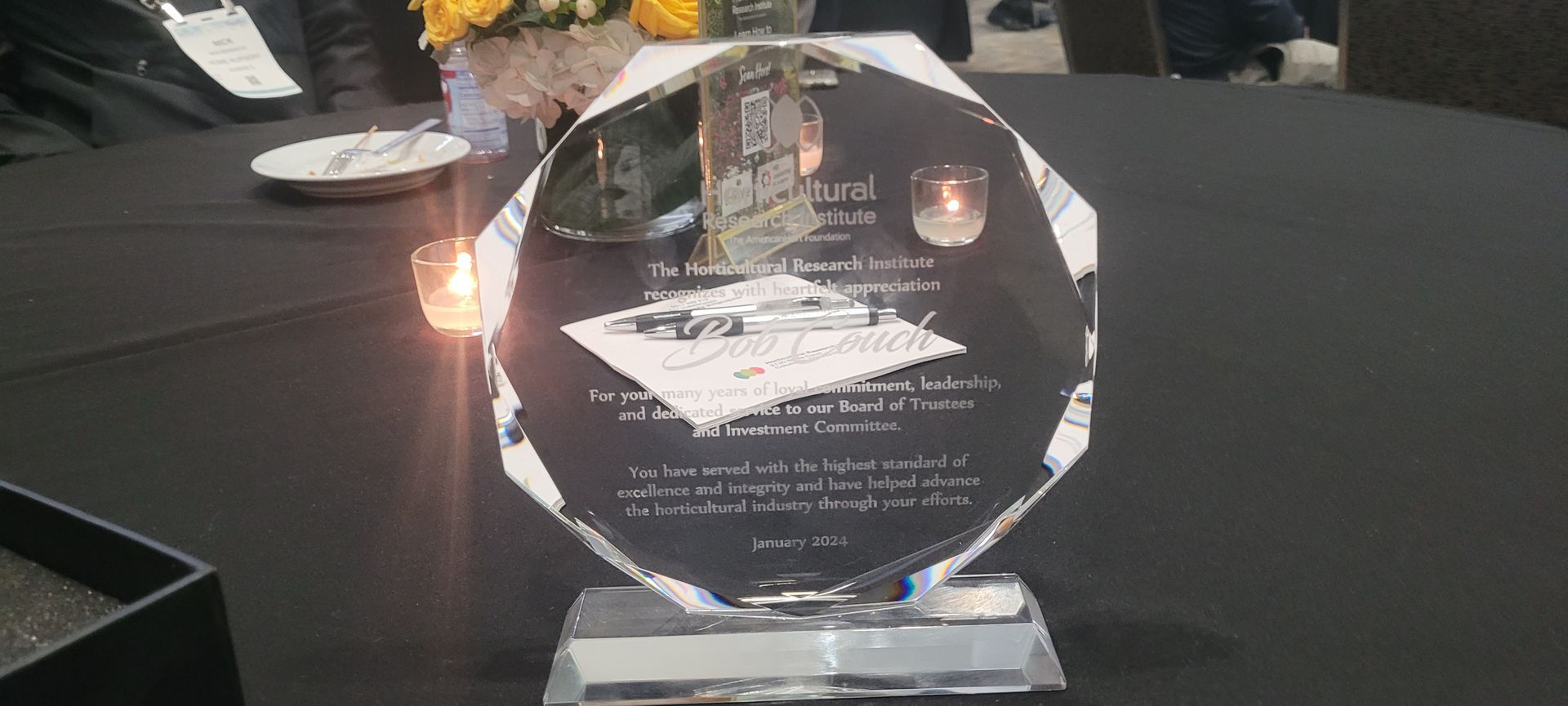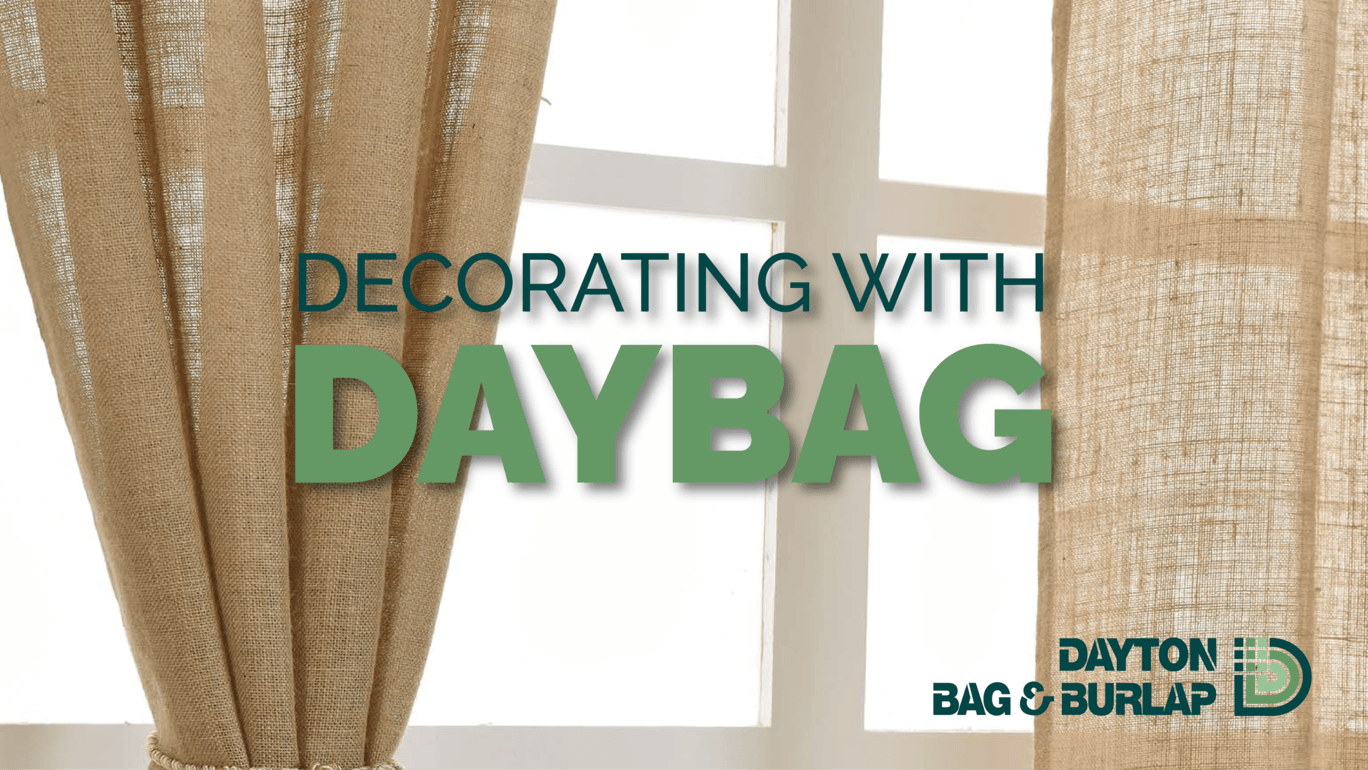FLOOD BARRIERS - FLOOD PROTECTION: (PART 2)
Sandbags, when used properly, can be used to build dikes to prevent and reduce flood damages.
The bags can come in several different materials, such as burlap and polypropylene. We sell both types of sandbags—our 14” x 26” sandbags can hold about 42-45 pounds per bag, depending on what material you decide to fill them with.
Sand is definitely the easiest material to use when shaping and filling your sandbags, but if it isn’t readily available, other materials like clay and silt can be used in lieu of sand.
When filling your sandbags, be sure not to overfill them as it will not only hinder the ability to properly stack your sandbags, it will also make them heavier and more difficult to move and arrange. Fill your sandbags only a little over half full for best results.
When choosing an area to build your site, you’ll need to take into consideration the surrounding area. Use natural obstacles to assist in blocking the incoming flow of the flood if at all possible. Also, if the ground is slippery or will result in a loss of friction under your dike, avoid building on that area.
When estimating how many sandbags you’ll need, remember to make the width three times the dike’s height to ensure structural integrity throughout your structure. It’s also good practice to build your dike at least a foot higher than the projected level of the flood, to accommodate for fluctuation in the water level.
When laying your sandbags, make sure that the bags overlap on the next bag in line, and to stagger your lines to decrease the amount of seepage. Also be sure to place your bags parallel to the flow of water.
To seal the dike, lay a large tarp over the front end of your wall with a row of sandbags sealing the bottom, and also the top. Lay your tarp loosely, as the water that hits it will allow the tarp to conform to the shape of the dike, creating a seal in the cracks of the structure.
A dike won’t prevent all of the water from getting through, so be sure to have a sump pump or some other device handy for eliminating anything that does manage to make its way through.
